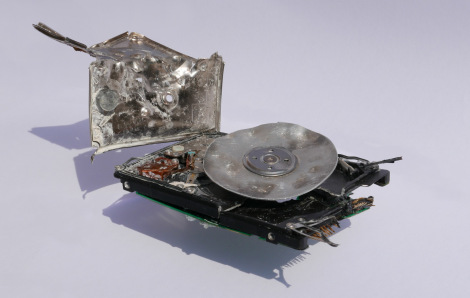This paper critically engages with how feminist theories of care (e.g. Haraway, 2008; Puig de la Bellacasa 2011) have been translated to more-than-human contexts, by taking up recent calls to focus on care’s ‘darker’ and more violent side (Van Dooren 2014; Martin, Myers and Viseu 2015; Giraud and Hollin 2016). It does this with reference to a specific case study: The radiobiology laboratory at the University California Davis, which was funded by the Manhattan Project and home to the first large-scale experimental beagle colony (1951-1986). It has been widely reported that care is ‘written out’ of scientific outputs. However, the Davis beagle colony is exceptional because a literature about care existed alongside the colony’s primary outputs on radiation. This paper explores the relationships between the different forms of care that were present within the colony – including care for researchers, care-takers, animals, experimental outcomes, and the built environment – and how these relationships were entangled with longer pre-histories of animal breeding and human-beagle relations. In foregrounding the historical preconditions for caring relations within the colony, it explores how the longer histories that formed the context for care can foreclose the ethical and epistemic potentials of care ‘in the present’. By dwelling on the especially unsettling moments of care within the colony, which were facilitated by these histories, and in which care-work was implicated in acts of violence, the paper opens space to address the more troubling implications of using care as a mode of engagement with more-than-human worlds.



